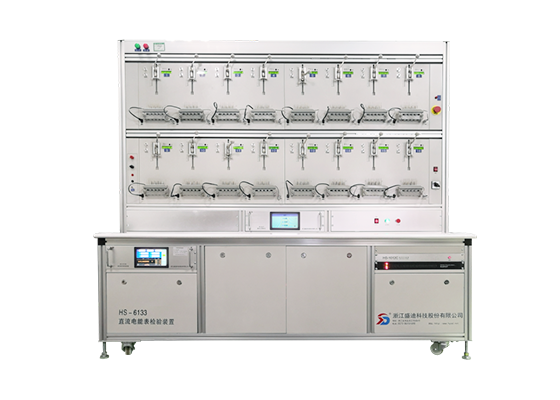The water meter market is extremely active and brand-new types of meters with different measuring technologies are constantly presented on the market. These new meter models have the objective of optimizing their metrological performance in order to satisfy the standards that they are expected to meet in the field. This optimization can often be achieved by modifying the internal operating conditions of the meters. For example, many electronic water meters allow the operator to press a button that increases the volume reading resolution displayed on the display. This modification can affect the internal operating conditions of the meter and therefore distort the test results.
In addition to adjusting the internal operating conditions of a water meter, it is also important to analyze its metrological performance when it is subjected to consumption events with short durations. These types of consumptions are typical in residential water use and require the meter to reduce the frequency of its signal sampling, which can lead to errors.
For this purpose, a series of tests were performed with the aim of understanding the metrological performance of a number of commercially available solid-state meters under intermittent flow conditions. These tests were designed to compare the behavior of these meters with that of a traditional single-jet mechanical meter, which is commonly used in the field.
The results of these tests were evaluated using position and dispersion measurements and the tools of inferential statistics. In particular, the statistical package ggplot2 was employed. The graphs produced are displayed in the Supplementary Material S-A. The number of repetitions that each meter was tested for at each flow rate varied between 17 and 3 depending on the flow rate.
During the test programme, the shut-off electrovalves of each meter were opened and closed at pre-set times by an electronic controller. This allowed the number of meters being analyzed to be doubled, reducing the amount of time required for each test. In addition, the restriction on the minimum duration and volume passed through the meter reduced the uncertainty of the meter’s resolution to less than 1 L.
This study shows that the accuracy of a solid-state water meter is significantly reduced when it measures intermittent flows with short durations, which are very common in residential water consumption. The corresponding error distributions are larger and more dispersed than they would be in steady state conditions. These findings support the need for a new test programme to be included in the existing water meter standards in order to analyze the metrological performance of these meters under the actual working conditions that they will encounter in the field. This test programme should include a set of tests that will analyze the error distributions of a solid-state meter when measured under intermittent flows with short durations and at a variety of flow rates. The test programme should also include a set of tests that will allow the comparison of the error distributions obtained with the same meter type, under both steady state and intermittent flow conditions.
